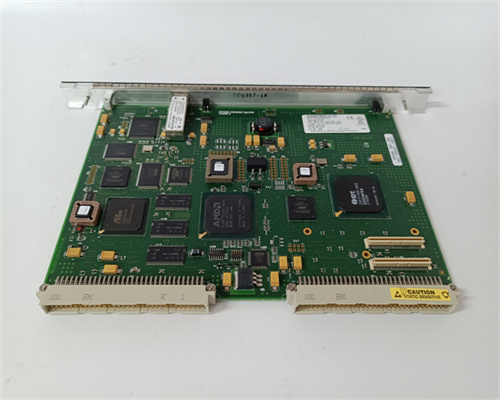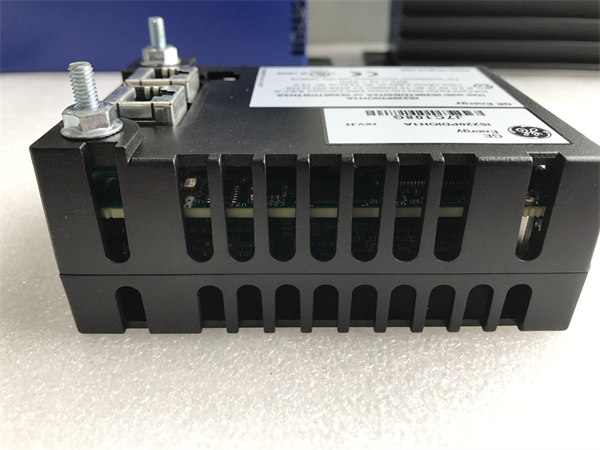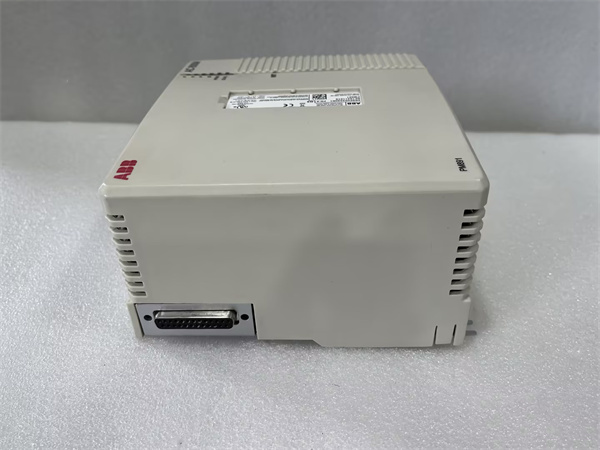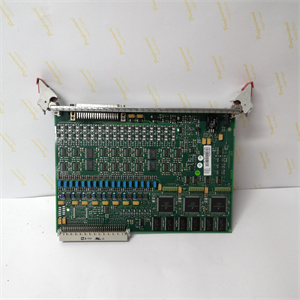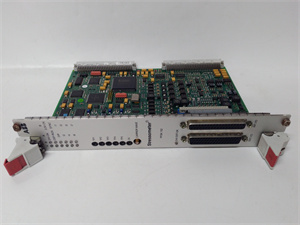IC698CMX016-ED VMIV
GE IC698CMX016-ED VMIV Production Description
Based on the product code and GE's experience in industrial automation, here's a possible breakdown of the production process for the IC698CMX016-ED VMIV module:
Understanding the Product Code (possible interpretation):
- IC698: This likely indicates the product family or series within GE's Industrial Controls platform, possibly related to programmable logic controllers (PLCs) or communication modules.
- CMX: These letters could represent specific functionalities related to the module's type (e.g., Communication Module with Expansion).
- 016: This might denote the number of communication ports or a specific variant within the CMX family.
- ED: This combination could be an internal code for a revision or specific feature set of the module.
- VMIV: This likely indicates compatibility with a specific communication standard or protocol (possibly Vendor Minor Interface Version).
Components:
- High-quality electronic components suitable for industrial environments:
- Network interface controllers for standard protocols (e.g., Ethernet) for broader connectivity.
- Buffers and data transceivers for reliable data transmission.
- Galvanic isolation components to isolate communication signals for safety and signal integrity (critical in industrial automation).
- Microprocessor or microcontroller for core processing and communication protocol handling.
- Memory chips for storing program code and data (including communication configurations).
- Communication interface circuitry for the VMIV protocol (depending on the specific protocol, this might involve Ethernet controllers, high-speed serial interfaces, or other specialized hardware).
- Additional functionalities might involve:
Production Stages:
Component Sourcing:
- GE sources high-quality electronic components from reliable suppliers that meet their performance and reliability standards for industrial applications.
PCB (Printed Circuit Board) Manufacturing:
- The IC698CMX016-ED VMIV likely utilizes a PCB for its core functionalities. This PCB is likely fabricated according to GE's design by a specialized PCB manufacturer.
PCB Assembly:
- Automated pick-and-place machines for accurate component placement.
- Reflow ovens or wave soldering techniques for secure connections.
- Additional hand soldering or rework for critical components (possible depending on the design).
- Automated and visual inspection to verify component placement and functionality.
- In a controlled environment with stringent quality control procedures, the electronic components are precisely placed and soldered onto the PCB. This might involve:
Programming and Testing:
- Electrical testing to verify communication interface functionality and signal integrity.
- Performance testing to assess data transfer rates, communication speed, and response time under various load conditions.
- Functional testing to verify the module's ability to communicate with other devices using VMIV and potentially other supported protocols.
- Compatibility testing to ensure interoperability with existing communication networks.
- Environmental testing to verify the module's performance within its specified operating temperature, humidity, and vibration ranges.
- The PCB might undergo programming to define its communication protocols (specific to VMIV and potentially other standard protocols).
- Rigorous testing is performed to ensure proper functionality, including:
Final Assembly and Packaging:
- The completed PCB is placed in its designated housing.
- Any additional components like communication ports (e.g., Ethernet jacks) are installed.
- The final assembly undergoes a final round of inspection for functionality, safety compliance, and cosmetic defects.
- Secure packaging is used to protect the module during transportation and storage.
Documentation:
- User manuals with clear instructions for safe installation, configuration, programming (if applicable), and operation within a communication network.
- Technical specifications detailing communication protocols supported (including VMIV), communication speeds, supported network topologies, environmental limitations, and safety certifications.
- GE likely provides comprehensive documentation for the IC698CMX016-ED VMIV, including:
Additional Notes:
- The specific production process might vary depending on the exact functionality and variant of the IC698CMX016-ED VMIV module.
- GE likely has a robust quality management system in place to ensure the reliability and performance of their industrial automation communication products.

